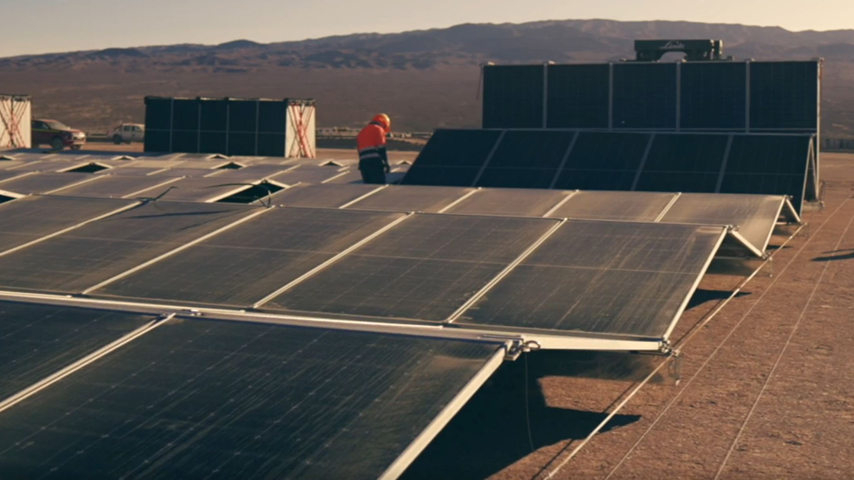
The decision to install a solar power system is a significant step toward reducing energy costs and minimizing your carbon footprint. To make the most of your investment, careful planning and informed decisions are essential. Below, we outline everything you need to consider before your solar power installation, ensuring you achieve optimal performance and long-term benefits.
1. Assessing Your Energy Needs
Understanding your energy consumption is the foundation of a successful solar installation. Analyze your electricity bills to determine your average monthly and annual usage. Consider future changes, such as adding electric vehicles or appliances, which could increase your energy demand. This will help you estimate the capacity of the solar system you require.
2. Evaluating Your Roof’s Suitability
Your roof’s condition and structure significantly impact the feasibility of a solar power system. Key factors include:
- Orientation and Tilt: South-facing roofs (in the Northern Hemisphere) receive maximum sunlight, while the tilt angle affects energy generation.
- Shading: Check for obstructions like trees, chimneys, or nearby buildings that could cast shadows on your panels.
- Roof Condition: Ensure your roof is structurally sound and can support the weight of solar panels. If your roof is old or needs repairs, address those issues before installation.
- Available Space: Larger systems require more space. Measure your roof to confirm it can accommodate the number of panels needed.
3. Choosing the Right Type of Solar Panels
Solar panels come in various types, each with unique benefits:
- Monocrystalline Panels: Highly efficient and space-saving but more expensive.
- Polycrystalline Panels: More affordable with slightly lower efficiency.
- Thin-Film Panels: Lightweight and flexible, ideal for unconventional surfaces but less efficient overall.
Consider your budget, space constraints, and efficiency requirements when selecting the best panel type for your home.
4. Understanding Solar Inverter Options
The inverter is a critical component that converts the DC electricity produced by solar panels into usable AC electricity for your home. The main types of inverters include:
- String Inverters: Cost-effective and suitable for systems with minimal shading.
- Microinverters: Installed on each panel, these are ideal for roofs with shading issues or complex layouts.
- Power Optimizers: Work in conjunction with string inverters to maximize energy output from each panel.
Choose an inverter based on your roof’s characteristics and shading conditions.
5. Considering Battery Storage Systems
Adding a solar battery to your system allows you to store excess energy for use during the night or power outages. While batteries increase the upfront cost, they enhance energy independence and reduce reliance on the grid. Evaluate the following when selecting a battery:
- Capacity: Ensure the battery can meet your energy storage needs.
- Lifespan: Look for a battery with a long cycle life and reliable performance.
- Cost: Balance upfront costs with long-term savings and incentives.
6. Reviewing Solar Incentives and Rebates
Government incentives can significantly reduce the cost of your solar installation. Research programs such as:
- Federal Tax Credits: Many countries offer tax credits for installing solar systems.
- State or Local Incentives: Some regions provide additional rebates or grants.
- Net Metering Programs: This allows you to earn credits for excess energy sent back to the grid.
Understanding these incentives can help you maximize savings and shorten the payback period.
7. Calculating Costs and Financing Options
Solar power installation require a substantial upfront investment, but financing options make it more accessible. Compare different payment methods, including:
- Outright Purchase: Offers the highest long-term savings.
- Solar Loans: Spread the cost over several years with manageable monthly payments.
- Leasing or Power Purchase Agreements (PPAs): These require little to no upfront cost but reduce overall savings.
Request quotes from multiple installers and compare costs to find the best deal.
8. Selecting a Reliable Solar Installer
Choosing the right installer is crucial for a smooth and efficient installation. Evaluate potential installers based on:
- Experience and Certification: Look for licensed and certified professionals with a track record of successful installations.
- Reviews and References: Check online reviews and request references from previous customers.
- Warranty Coverage: Ensure the installer offers comprehensive warranties on both equipment and workmanship.
9. Maintenance and Performance Monitoring
Solar systems require minimal maintenance, but regular checks ensure optimal performance. Key maintenance tasks include:
- Cleaning Panels: Remove dirt and debris to maximize sunlight absorption.
- Inspecting Components: Periodically check wiring and connections for wear and tear.
- Monitoring Output: Use performance monitoring tools to track energy production and identify issues early.
10. Long-Term Benefits and Return on Investment
Investing in solar power provides numerous long-term benefits, such as:
- Lower Energy Bills: Generate your own electricity and reduce dependence on utility companies.
- Environmental Impact: Decrease your carbon footprint and contribute to a sustainable future.
- Property Value: Solar installations often increase the resale value of your home.
Calculate your payback period and total savings to understand the financial advantages of your solar system. The tesla powerwall 2 price has become a significant consideration for homeowners looking to enhance their energy storage solutions.